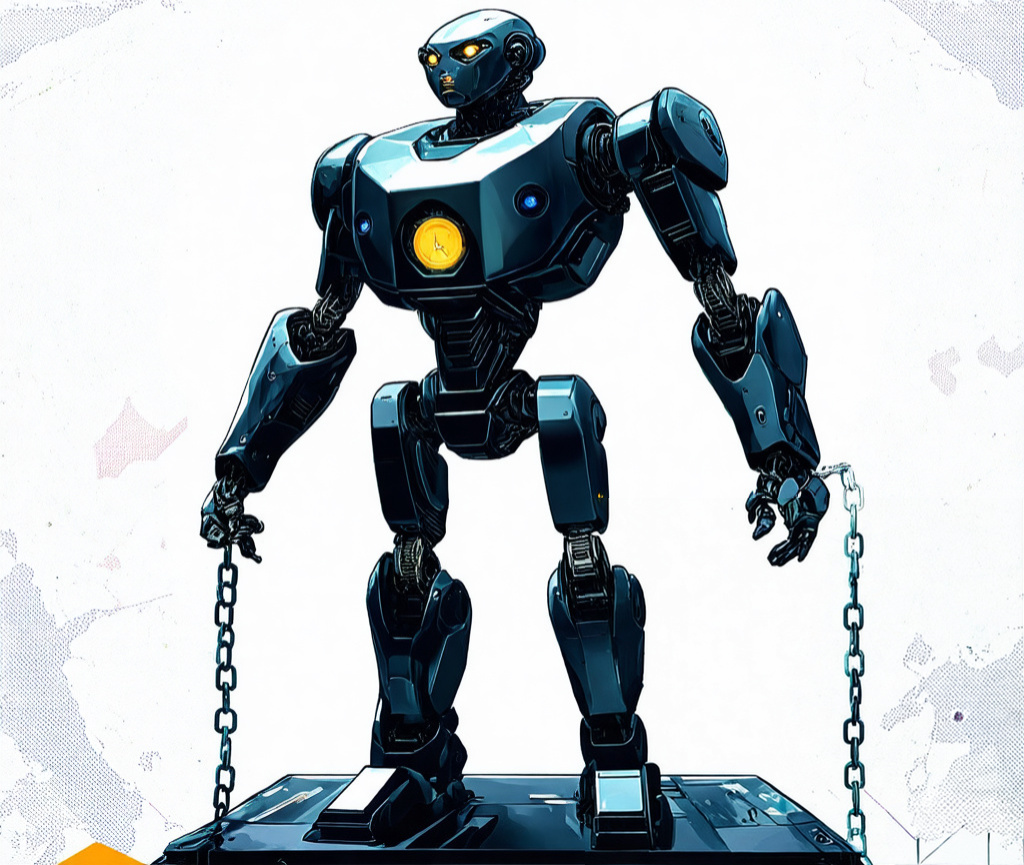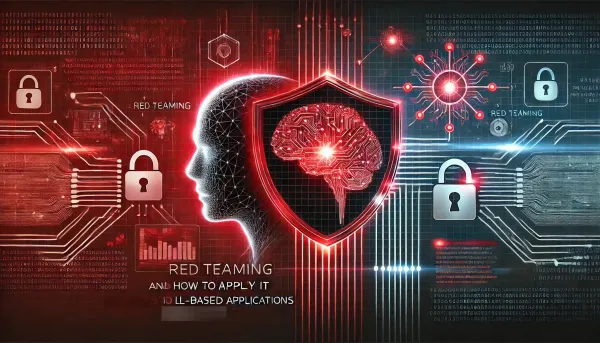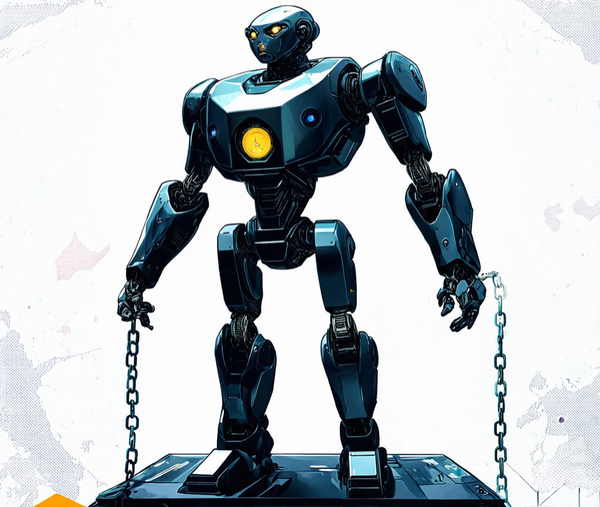AI for Security
In the futuristic city of Cyberspace, the lights flicker with binary, and every byte hums a story. It’s a world that’s equal parts fascinating and, well, a little terrifying. Imagine AI as our sleek, robo-suited guardian, hyper-focused on keeping the virtual villains out. But let’s be clear: AI in cybersecurity isn’t just a metal-suited vigilante patrolling the alleys of the internet; it's like a super-brain capable of outthinking, outpacing, and out-maneuvering any cyber criminal out there. Let’s take a tour of this digital metropolis and see how AI is rewriting the security playbook.
Meet the Guardians — AI-Powered Threat Detection
Picture this: you’re in a bustling cyber-city, surrounded by an endless network of systems, files, and data streams. Out of nowhere, something unusual starts happening. A stranger’s IP pops up, or an unapproved software suddenly appears. Normally, this would set off a few warning bells, but AI can catch it within milliseconds, no sweat. This is threat detection at warp speed!
Imagine AI’s threat detection system as a futuristic surveillance robot with a zoom lens. It analyzes patterns like a hawk on a hunt, spotting “anomalies” faster than you can say “malware.” And it’s not limited to just looking for something “off”; it’s looking for behavioral cues, almost like a mind-reader, predicting what a potential hacker might do before they even do it. Pretty cool, huh?
Fighting Cyber Crime with the Power of Prediction
Here’s where things get a little sci-fi. Ever watched a detective movie where the main character just knows what the criminal will do next? That’s what AI is doing in cybersecurity! Using machine learning (ML) algorithms, AI learns the common moves that cybercriminals make—the patterns, the timing, and the typical methods. It doesn’t just wait for an attack to start; it’s predicting the moves like a futuristic chess player, always a few steps ahead of the opponent.
Let’s call this AI technique Predictive Cybersecurity. Imagine it as a digital Sherlock Holmes—able to deduce when and where cybercriminals will strike next. It can detect trends in phishing emails, predict what kind of malware might pop up, and even preemptively shut down a suspicious activity before it becomes a full-blown attack. So, while cybercriminals may think they’re being clever, AI has them figured out before they even know it.
Real-Time Responses — Cybersecurity That Thinks on Its Feet
When cyber-attacks used to hit, security teams would have to scramble, often taking hours or days to assess the damage. In the meantime, the hacker has probably moved on, sipping their celebratory coffee. But with AI’s real-time response capabilities, the system reacts in seconds (or even milliseconds), isolating the threat and mitigating damage.
Imagine this as AI’s “fight” mode, where it steps up with a pre-programmed playbook ready for battle. For instance, if it detects an unauthorized login attempt from another country, it can instantly lock that account, fire off alerts to the security team, and even request additional authentication for the account owner. It’s like a digital bodyguard that doesn’t sleep, doesn’t eat, and reacts faster than any human could.
Reinventing the Firewall — Meet the AI-Driven “Smart Walls”
Traditional firewalls were like walls around a castle, only effective as long as nobody figured out where the doors were. But AI-driven firewalls? Those are smart walls. Imagine a futuristic wall that can change shape and reconfigure itself based on who’s trying to get through. AI firewalls adapt in real-time, altering their defenses and rules based on the behavior of incoming and outgoing traffic.
In our futuristic cyberspace city, these AI-driven firewalls act like digital bouncers. They let known users waltz right in but will make any suspicious “guest” work hard to get through, constantly changing access points and requirements, leaving hackers flustered and bewildered. Smart walls are a new breed of defense that uses AI to make firewalls as clever as the threats they’re built to block.
Becoming the Data Detective — AI-Powered Forensics
So, say the unthinkable happens, and a cyber-attack actually gets through. Here’s where AI gets to play detective. AI-powered forensics can help trace back every step of the attack—where it started, how it got through, and what it left behind. This is like forensic analysis in the movies, but it’s happening inside computer systems, uncovering digital “fingerprints” left by hackers.
AI doesn’t just help us understand how an attack happened; it also helps us plan better defenses. By piecing together the attacker’s tactics, it provides valuable insights that go into creating smarter, stronger security protocols. It’s like a detective and a strategist rolled into one, always learning, always improving.
The Future of Cybersecurity – AI in Hyperdrive
So, what’s next? AI for security isn’t just about holding the line against cyber-attacks. It’s about creating a security landscape where the digital threats are predictable, manageable, and almost boring. From machine learning-powered identity verifications to automated patch management and vulnerability assessments, AI in cybersecurity is rapidly evolving.
The future might bring us quantum encryption, decentralized AI-based security networks, and self-repairing systems that restore themselves after an attack. The possibilities are endless—and endlessly exciting!
The Wrap-Up: AI Security – A Cyber Citizen’s Best Friend
AI is the sleek new kid on the cyber block—smart, quick, and seemingly capable of doing it all. But just like that kid who might ace every math test yet still struggle to understand the human side of things, AI isn’t without its issues. For all its promise, there’s a side to AI that’s still uncertain, even risky.
AI’s ability to learn and adapt means it can be incredibly powerful, but that same adaptability could be turned against us. In the wrong hands, AI can amplify the threats it’s meant to stop, from creating hyper-personalized phishing scams to deploying automated cyber-attacks. Hackers are already exploring how to use AI to bypass defenses, uncover vulnerabilities, and automate their own malicious work. As a result, AI security might one day be a race not just against hackers but against other AIs—like a futuristic cyber arms race.
And while AI may look like it’s ready to save the day, it’s still learning the ropes in cybersecurity. It’s like that cool kid in school—showing off its skills, raising the bar, and impressing everyone with its potential, but it’s still got a lot to learn before it can truly lead the class. AI needs time to mature, gain real-world experience, and develop the nuance that only comes from years of practical application. It’s advanced, sure, but not foolproof; we’re still ironing out the quirks, refining the systems, and finding ways to make AI’s judgments as sharp as those of seasoned cybersecurity experts.
So, while AI is certainly a powerful new ally in the battle against cyber threats, it’s not quite the superhero we sometimes wish it could be. But who knows? With a little more learning, a few more upgrades, and a lot more innovation, this “cool kid” might just grow up to be the leader cybersecurity desperately needs. Until then, AI remains an invaluable sidekick, protecting us with its intelligence and agility while we continue to guide it on the path to truly bulletproof security.
-thesecguy
Further Reading:




